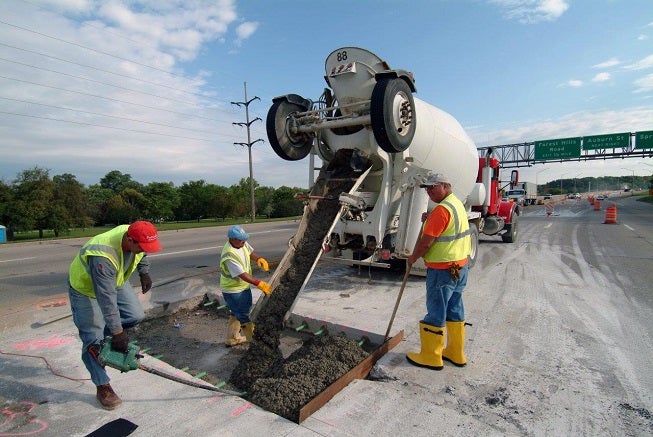Uncategorized
Politicians Should Act on What the People Want — Infrastructure

Infrastructure seems like a forgotten policy issue to many people – for good reason. While much of Washington’s focus has been on matters going nowhere fast, improving the nation’s roads and rails has taken a back seat despite having bipartisan support.
The public is still demanding action. A new poll of swing state voters in Florida, Ohio, Pennsylvania and Wisconsin found infrastructure is the most popular of President Trump’s platform thus far, with 57 percent saying they would be disappointed if no action is taken on it by 2018. Additionally, 26 percent said they wouldn’t support the GOP in the midterm elections if steps aren’t taken to fix the problem.
While some elected officials continue to stick their heads in the sand when it comes to the need for infrastructure investment, there is a real cost to doing nothing. A survey conducted by AAA noted that more than 35,000 people died in traffic crashes in 2015, with hundreds of thousands more seriously injured. The document noted more could be done to improve transportation safety.
“Highway infrastructure improvements have the potential to reduce both the likelihood and consequences of crashes caused not only by the roadway environment but also by driver error,” AAA stated. “Improvements to highway infrastructure features, including the roadway, roadside, and traffic control devices, can constrain driver behavior even without the need for a conscious decision by drivers to behave differently.”
John Tolman, Vice President of the Brotherhood of Locomotive Engineers and Trainmen, echoed that message during a House hearing late last month. “The people want, need and deserve better and safer infrastructure. We should have the best airports, rail systems and freeways in the world,” he said.
And those views don’t even begin to address the economic gains that could come from beefing up the nation’s essential transportation networks. Workers would prosper from the good-paying construction jobs such work would bring, while the business sector would gain from the ability to bring goods to market in a quicker fashion.
To adequately maintain our transportation systems, the Congressional Budget Office says an additional $13 billion a year needs to be invested by federal, state and local governments. However, surface transportation investment actually has declined at all levels of government between 2002 and 2012, when adjusted for inflation. Meanwhile, the American Society of Civil Engineers estimates that $3.6 trillion should be spent on all infrastructure by 2020 to get the U.S. back on track.
There was a time when building infrastructure and improving job training and education weren’t partisan issues — they were American values, something everyone could support. There needs to be return to that way of thinking. This country’s future depends on it.